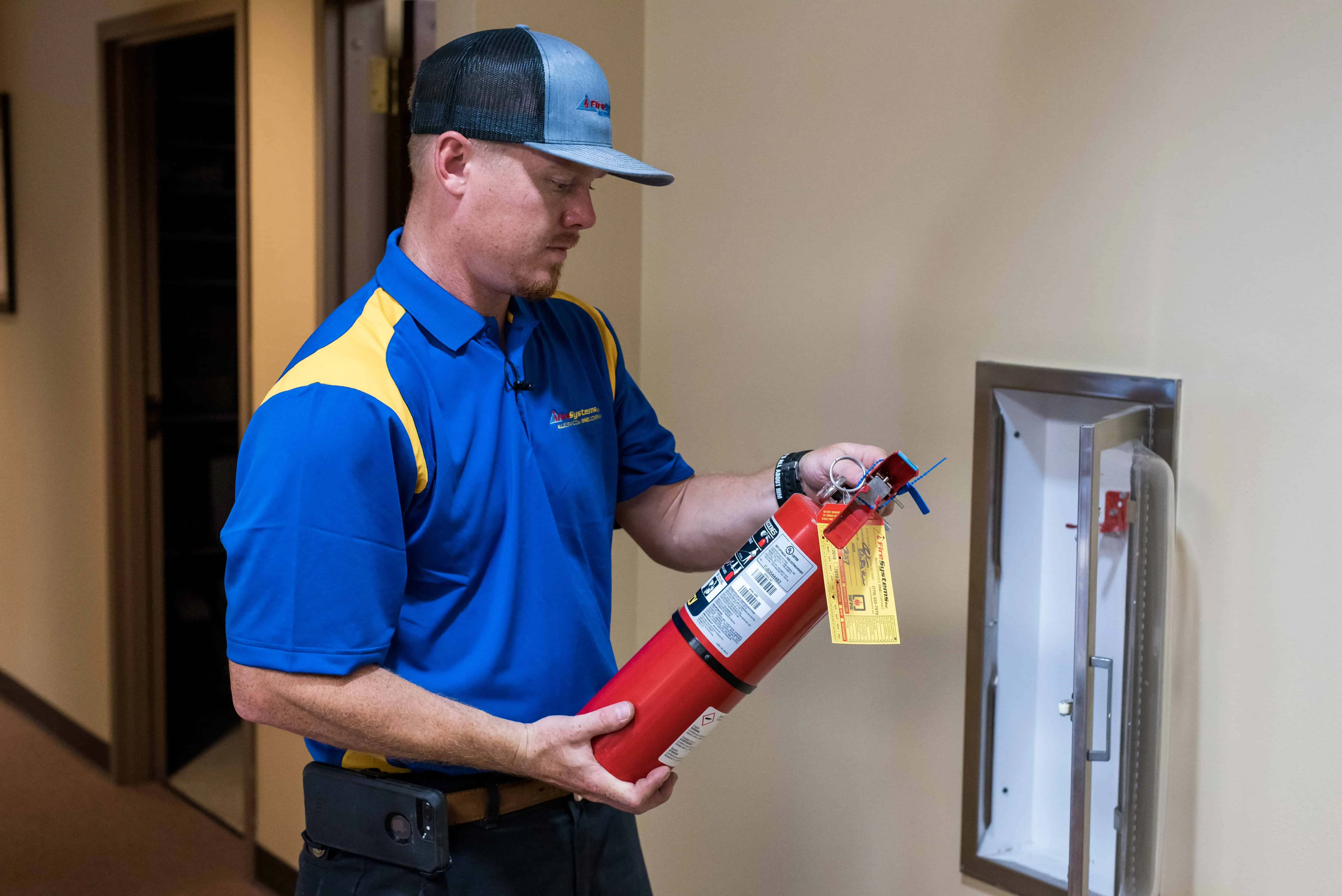Fire extinguishers should be readily available in the event of an emergency. To ensure this, they must be adequately maintained and inspected.
The technician examines the nozzle and hose assembly for signs of damage or wear. It also ensures that the nozzle is free from blockages.
Gather the necessary tools
NFPA requires monthly fire extinguisher inspection near me. They are essential to fire safety and help ensure the extinguisher can be used in an emergency.
Before conducting the inspection, ensure all the tools are available. It includes the locking pin and seal. These two items prevent the accidental discharge of the chemical contents. If either of these is missing, replace it immediately.
Additionally, it is vital to check the gauge needle. The needle should be pointing toward the green zone. If it is not, the extinguisher may be overcharged and require a recharge. Additionally, the hose should be free of cracks and leaks. Lastly, the operating instructions should be easily readable.
Identify the location of the extinguisher
For fire safety, having the appropriate fire extinguishers in place is essential. However, it is equally crucial for them to be nearby in case of a fire. It includes ensuring they are visible and have clear signage indicating their location.
Ideally, extinguishers should be placed in areas with a higher risk of fire hazards. For example, a kitchen or workshop would benefit from an extinguisher nearby to help prevent cooking or electrical fires.
It is also important to note that fire extinguishers should always be kept from their designated locations. It can lead to the improper use of an extinguisher, which may cause further damage or even harm people. It can also render the extinguisher non-compliant with fire safety regulations, which could lead to fines and other legal consequences.
Identify the hazards
Fire extinguishers are pressurized devices and can pose a significant risk of harm or injury when handled by untrained individuals. They can also become damaged by environmental factors such as heat, moisture, dirt, and UV rays. These factors can cause seals, gaskets, and hoses to degrade and eventually rupture under pressure.
Class B fires involve combustible liquids like gasoline, oil, kerosene, paint, tar, cleaning solvents, and alcohol. This type of fire can be put out using a dry powder or foam extinguisher.
Class C fires include energized electrical components such as computers, appliances, transformers, and servers. They can be put out using a carbon dioxide or dry chemical extinguisher. Finally, Class D fires involve metals like lithium, sodium, magnesium, and zirconium. These can be put out using a dry powder, foam, or carbon dioxide extinguisher.
Identify the extinguisher type
Six fire extinguishers are recognized in Australia; each type is identifiable by a color code. These are water, foam, dry powder, carbon dioxide (CO2), and wet chemical and vaporizing liquid. Extinguishers colored red have a class A fire rating and are suitable for fires caused by solid combustible materials like wood, paper, or textiles. Extinguishers tagged with a cream label are foam models that can be used on class A and B fires and are safe around electrical equipment.
The fire risk from the various classes of fires at your premises determines which fire extinguisher type you need in your workplace. For example, a fire that involves flammable, combustible liquids like petrol, kerosene, oil, or tar needs a dry powder extinguisher. This fire extinguisher type typically contains monoammonium phosphate and comes out as a yellow powder.
Identify the extinguisher location
Fire extinguishers must be mounted at a height that employees can easily access. They should also be located near exits and on each building level. It allows employees to quickly grab a fire extinguisher and put out the fire before it spreads.
Fires occur for various reasons, and each fire requires a different extinguisher to extinguish the flames. NFPA 10 lists the classes of fires and indicates the number of fire extinguishers that need to be placed in each building.
For example, Class A fires involving ordinary combustibles require water or foam extinguishers, while Class B fires involving flammable liquids require a dry chemical extinguisher. Ideally, the extinguishers should be within 30 feet of any potential fire hazards.

